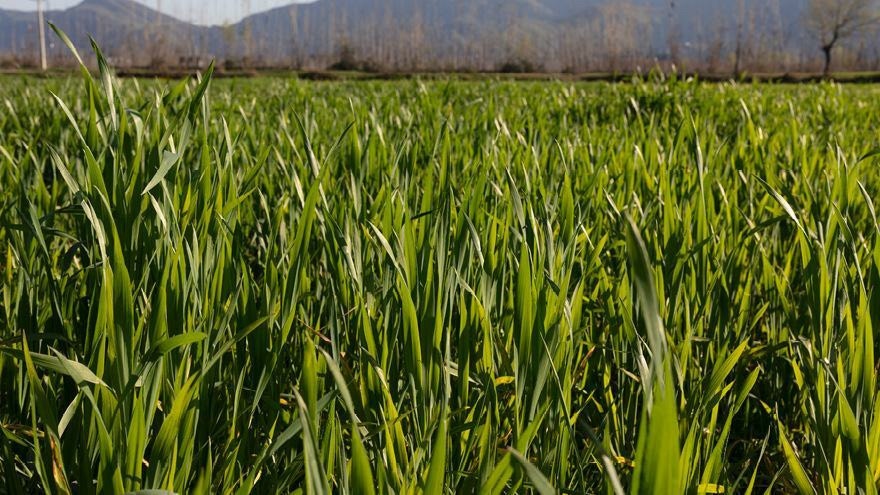
Early weed control in autumn sown cereals
Autumn sown cereals have the advantage of higher yield potential and the ability to spread out your harvest, with early weed control crucial to maximise these benefits.
Crop establishment is critical in setting yield so extra vigilance is required during the early stages. A cereal seed germinates and emerges into an environment full of insects and diseases that place the young seedling at risk. Weeds germinating alongside the seedling compete for moisture, nutrients and light.
Seedbed preparation needs to be assessed on an individual paddock basis. This may mean direct drilling, single pass cultivation or ploughing to alleviate soil conditions. All require careful consideration of existing weeds and plenty of time given to spray out before sowing.
Cereals need to be sown around 25 mm deep in a firm fine seedbed. Keep in mind that a seed needs good soil contact and moisture to germinate. Sowing fungicide and insecticide treated seed gives the best protection from pests and diseases during germination and emergence. The quicker the crop has emerged from the ground the better, as it has a greater chance of outcompeting weeds that germinate later.
Early weed control provides an opportunity to reduce the burden in a paddock. Pre-emergent herbicides will kill grass weeds that germinate around the same time as the crop. If not dealt with at this time, grass weeds can become difficult to control with a post-emergent herbicide. A pre-emergent herbicide is a great tool in most crops to minimise the effect weeds have on yield and can be sprayed at the same time the paddock is sown. In comparison, as New Zealand can have variable weather patterns in the late-autumn and early-winter, timing post-emergent herbicide applications can prove more difficult. For this reason, a pre-emergent application is imperative to give the crop a head start on weeds.
Each region will have its own problem weeds, just as individual paddocks have different weed pressures and species present. Early post-emergent weed control is required where a species is not targeted or controlled by the selected pre-emergent herbicide, or when the weed pressure is high. The paddock needs to be closely monitored to select the best chemical to target the weeds present. Some challenging weeds may require a multi-spray programme to ensure good control and minimise any crop impact.
Careful thought needs to be given to the type of chemistry used in herbicide applications. Mix chemical groups to minimise any possible resistance building in the weed population as using the same product year-on-year in the same paddock speeds up the process.
Getting the best out of your cereal crop requires careful attention at establishment, so take your time to plan, be flexible and monitor your paddocks regularly.
Contact your local PGG Wrightson Technical Field Representative for assistance forming a herbicide spray programme for your autumn sown cereal crops.


